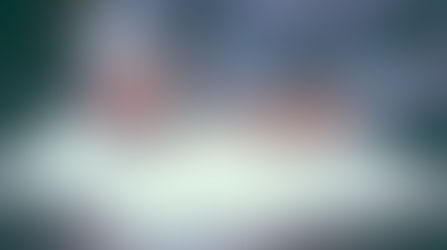Photopolymers - Come to the light!
- Samuel W. Foster
- Apr 7, 2017
- 2 min read
Photopolymers are one of those creations where you have to see it to believe it. Just like cell phones or microwaves, the demonstration of photopolymers would have had you hung for witchcraft 300 years ago.
Advances in material science have helped push the prototyping and 3D printing world into a new era. Photopolymers are one of those materials that have enabled us to transition ideas to tangible products while avoiding the costly and time consuming process of injection molding via molds (typically milled steel or aluminum, but other solutions exist). There are a number of machines that use photopolymers as their "ink" or resin, but the two I would like to focus on are 3D inkjet printing and stereolithography (SLA).
First, however, let's briefly cover how photopolymers work. A photopolymer is a composite of polymers (monomers and oligomers) with a photoinitiator. What? The monomers and oligomers are essentially a mixture of liquid plastics, chosen based on the properties you want the product to have. By choosing specific mixtures, you can impact color, rigidity, strength amongst a whole slew of characteristics. The photo initiator is an additive that causes the liquid plastic to harden when exposed to light.
3D inkjet printing and stereolithography (SLA) utilize photopolymers in two distinct, equally creative ways.
A 3D inkjet printer looks much like your printer at home. It has cartridges of similar colors, and allows you to print from a similarly wide color swatch by combining them. One difference from your printer at home, of course, is these print in three dimensions. A 3D inkjet printer will extrude the photopolymer through a print head, nearly simultaneously exposing it to UV light, which cures the resin. The layer of material applied is extremely thin: 16-30 microns, with a human hair being 40-120 microns. These printers apply the resin only to the location that will be cured, and builds the object much like traditional 3D printers using fused deposition modeling (FDM).
Stereolithography (SLA) uses the same types of photopolymers, but instead of using a printer structure like what you have at home, it utilizes a vat of resin. In SLA, a sheet of metal is lowered into the resin in extremely small increments (microns again aka thousandths of an inch) and a UV light above it traces each layer of the product. As the product is traced layer by layer, the product sinks into the resin. The resin that is not traced by the UV light remains liquid, the areas hit by the UV light harden to form a layer of the product. Eventually, the finished product is lifted out of the resin, generally headed to a finishing department. I have attached a video to help demonstrate this process, as it is much easier to portray in video vs written word!
One company in Pennsylvania that has mastered this technology (and is a pleasure to work with if you are in the market) is ProtoCAM in Allentown, PA.
Be sure to check out their website: http://www.protocam.com/
SLA in action, and I remembered to film horizontally!
Have any questions? Feel free to send me a message and I would be glad to share/discuss any part of my experience you may be curious about.


















Comments